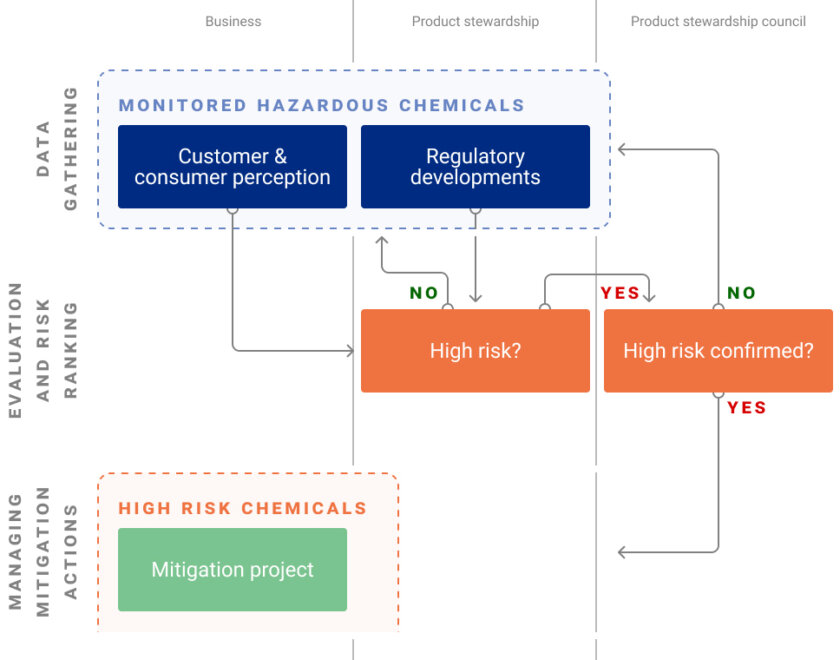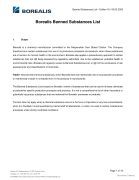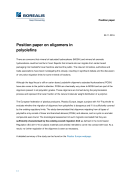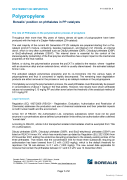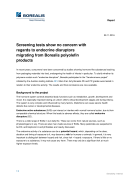Hazardous Chemicals Strategy
Enabling the products of tomorrow
Borealis is committed to minimizing the risk to people and the environment posed by using chemicals. The company follows all regulatory developments in the countries where it operates and sells its products, and has introduced a system that allows it to anticipate growing consumer concern about specific chemicals used in its processes and products.
Risk Assessment and Management
Borealis' Product Stewardship department monitors developments in both regulation and public perception for all relevant hazardous chemicals that either fulfil, or are suspected to fulfil, SVHC¹ criteria. The substances are ranked by their risk, using a tailor-made tool.
Data about the highest-risk substances are collected and analyzed, and the case is presented to the Product Stewardship Council. This is a cross-functional body which also includes representatives of the business sectors, as well as from the innovation and operations departments.
The Council thoroughly discusses these high-risk substances and their use by Borealis, and decides if a risk mitigation project should be started for any of the cases discussed. A mitigation project can comprise a substitution project, technical solutions to enhance chemical transformations or to improve processes, new installations to guarantee safe handling in Borealis' plants, or active collaboration across the supply chain.

Banned and Restricted Substances
Open communication to internal and external stakeholders is one of the cornerstones of Responsible Care®. Borealis takes this obligation very seriously. This webpage allows every interested person to find information about substances that Borealis has banned for use in its production processes and products, as well as examples of successful substitutions of hazardous chemicals and some position statements regarding hot topics.
Banned substances
Borealis is a chemical manufacturer committed to the Responsible Care Global Charter. The company therefore bans substances from use in its production processes and products when they are deemed to pose a danger to human health or the environment. Borealis also applies a precautionary approach to certain substances that are still being assessed by regulatory authorities due to their potential health or environmental risks.
The Borealis Banned Substances List is available for download and includes substances such as potential endocrine disruptors, phthalates and brominated flame retardants. The listed substances are not used in any Borealis production process or intentionally added to Borealis' products. They are also banned from being used in the future, unless there is substantial scientific evidence leading to a changed assessment. Borealis regularly reviews the list to ensure that it takes into account the most up-to-date information available, including new or updated risk assessments or the re-classification of chemicals, specifically in connection with ECHA candidate list updates.
Restricted substances
Unfortunately, most chemical production processes cannot be run without using certain hazardous chemicals. With its Hazardous Chemicals Strategy, the company is taking a differentiated approach to tackling this situation in order to minimize the risk its chemicals pose to humans and to the environment.
Borealis is...
- running substitution projects for highly-critical cases
- applying strictly-controlled conditions when highly-hazardous substances are used in production processes
- maintaining an internal list of substances of concern that must be considered for all of the company's new product and process developments
- generating new data in cases where there is potential concern, in collaboration with the supply chain.
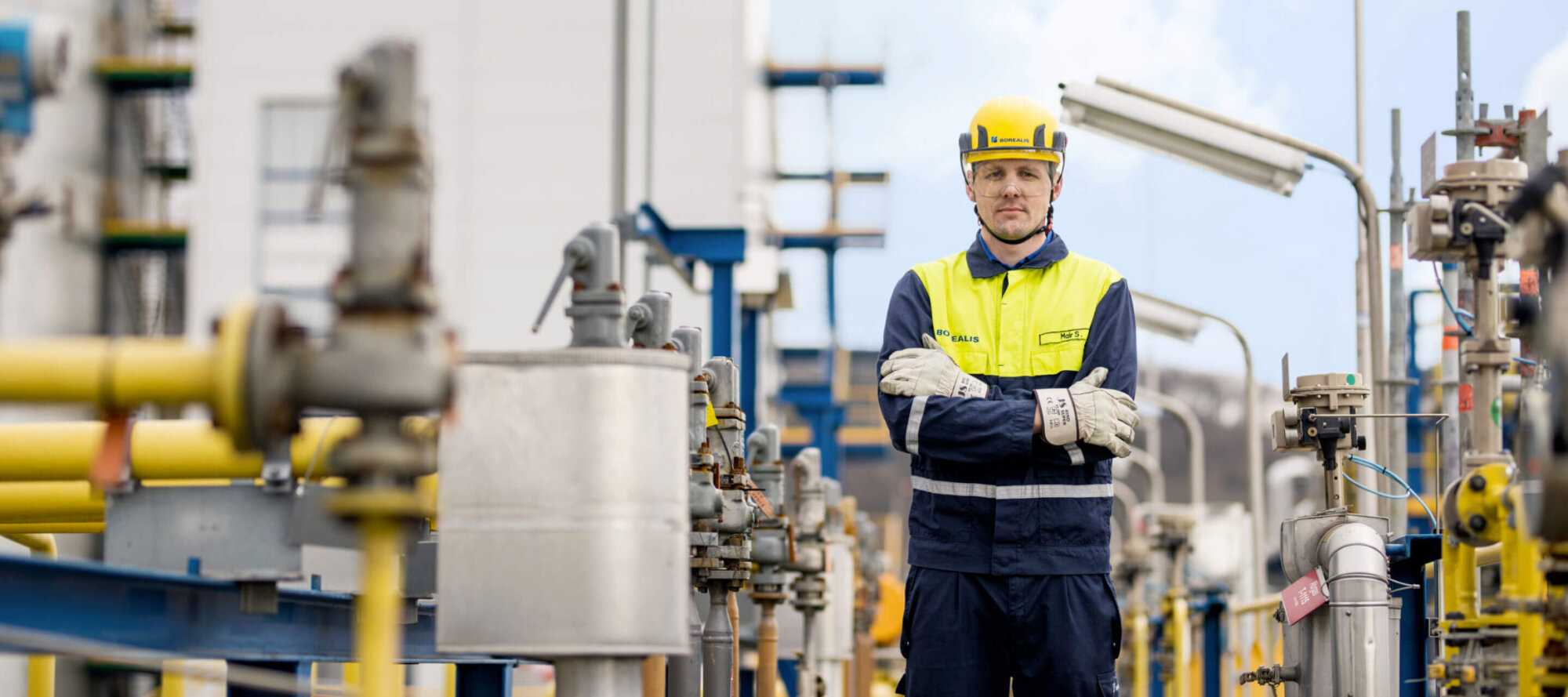
Downloads
- SVHC (Substances of Very High Concern) criteria as defined in Article 57 of the REACH Regulation: CMR (carcinogenic category 1A or 1B, germ cell mutagenic category 1A or 1B, toxic for reproduction category 1A or 1B), PBT (persistent, bioaccumulative and toxic), vPvB (very persistent and very bioaccumulative), and substances that give rise to an equivalent level of concern (e.g. endocrine disruptors)
